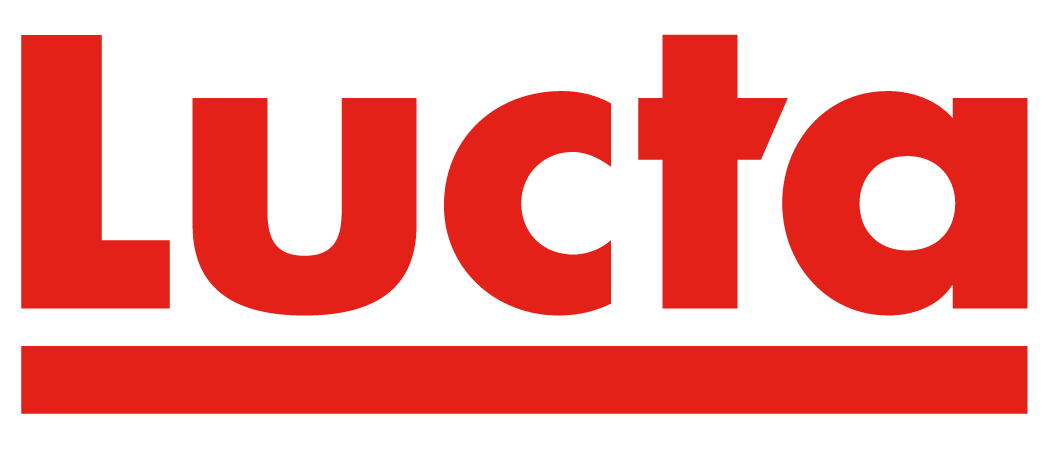Crustaceans have highly evolved chemosensory systems which help them detect and find food items in environments with low visibility and rich in dissolved chemicals. Attractants are commonly used in shrimp farming to promote a quick identification and consumption of the feeds. These are usually fishery by-products (e.g., fish, squid or…
To continue gathering knowledge on the central regulation of food intake in response to amino acids in teleost fish, using as a model rainbow trout (Oncorhynchus mykiss), we evaluated in a first experiment the feeding attractiveness of l-leucine, l-valine, and l-proline offered as an agar gel matrix. In a second…
The spread of bacterial resistance to antimicrobials (AMA) have intensified efforts to discontinue the non-therapeutic use of AMA in animal production. Finding alternatives to AMA, however, is currently encumbered by the obscure mechanism that underlies their growth-promoting action. In this report, we demonstrate that combinations of antibiotics and zinc oxide…
In mammals gastric infusion of glutamate and other amino acids such as arginine or lysine, activate brain areas related to food intake control through vagal afferent nerves resulting in an anorectic response. In fish, recent studies have demonstrated that an intraperitoneal injection of leucine and valine reduce food intake, while…
Gastrointestinal functionality is regulated by a complex network of receptors exposed to the luminal environment that sense the presence of nutrients and other chemicals, triggering endocrine and neural pathways that ultimately affect physiological and metabolic responses. This is commonly referred to as “gut chemosensing”. Some of these mechanisms have started…
Prolonged inflammation derived from standard farming procedures drives animals to cytokine-induced anorexia accompanied to a negative energy balance, resulting in reduced animal performance. Previous work showed that the addition of olive fruit bioactives (OFB) in feed was able to reduce inflammation and prevent gut integrity side-effects on a model of…
The present study examined the effects of bioactive compounds from a standardized Olea europaea extract (OE) on gut microbiota composition and immune response in broiler chickens. A total of 3 hundred and 6 1-dold broiler chickens (Ross 308) were randomly allocated in floor pens (6 pens / treatment, with 17…
We previously showed that feeding bile acids can induce glucagon-like peptide 2 (GLP-2) secretion and intestinal growth in parenteral nutrition-fed (PN) piglets. We hypothesize that bile acids function as agonist for the G protein-coupled bile acid receptor 1 (TGR5) expressed in enteroendocrine L cells to induce GLP-2 secretion. Our in…
A bioactive extract from Olea europaea (OBE) can stimulate secretion of glucagon-like peptide-1 (GLP-1) and GLP-2, through bile acid receptor TGR5. Increasing circulation of GLP-2 promotes beneficial effects on intestinal function, which can be compromised in preruminant calves. The aims of this study was to determine the optimal inclusion level…
